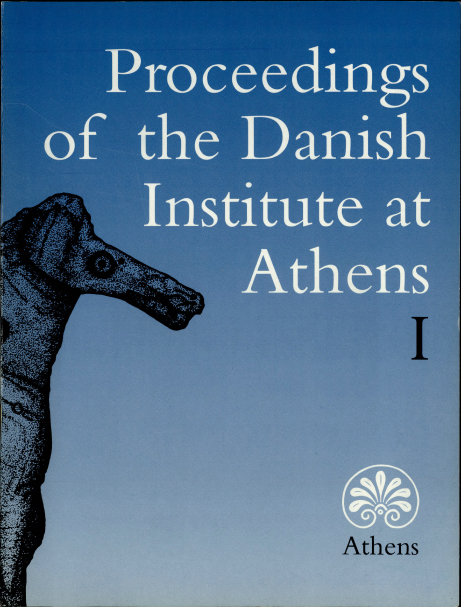“Burial language” in Archaic and Classical Kerameikos
Resumé
In this article I attempt to present main tendencies in the archaeological record of Kerameikos 700-400 B.C . In Part I, I seek to clarify thegeneral principles of family self-representation. Changing conceptions of age groups and the male and female sex in Athenian society will be seen to play a dominant role and be responsible for a general lack of family burial plots, but also for the difficulty of deciding whether Attic burial customs reflect the existence of larger kinship organizations. Main structuring principles in vase painting are seen as useful analogies to the way gender roles were expressed in the actual burial contexts.
Part II, I deal with the several large tumuli excavated in Kerameikos and in the Attic countryside. Contrary to current scholarly opinion, which regards these tumuli as some of the few certain cases of true family burial plots, I interpret them as extreme examples of the will to express gender roles in burial practice. I thus argue that some of these tumuli rather commemorate socio-political associations such as sympotic and priestly associations.
Finally, in Part III, I briefly comment upon the relation between the archaeology of Kerameikos and the reforms of Kleisthenes.
Downloads
Publiceret
Citation/Eksport
Nummer
Sektion
Licens
The authors and Proceedings of the Danish Institute at Athens own the copyright to the published articles and reviews.





